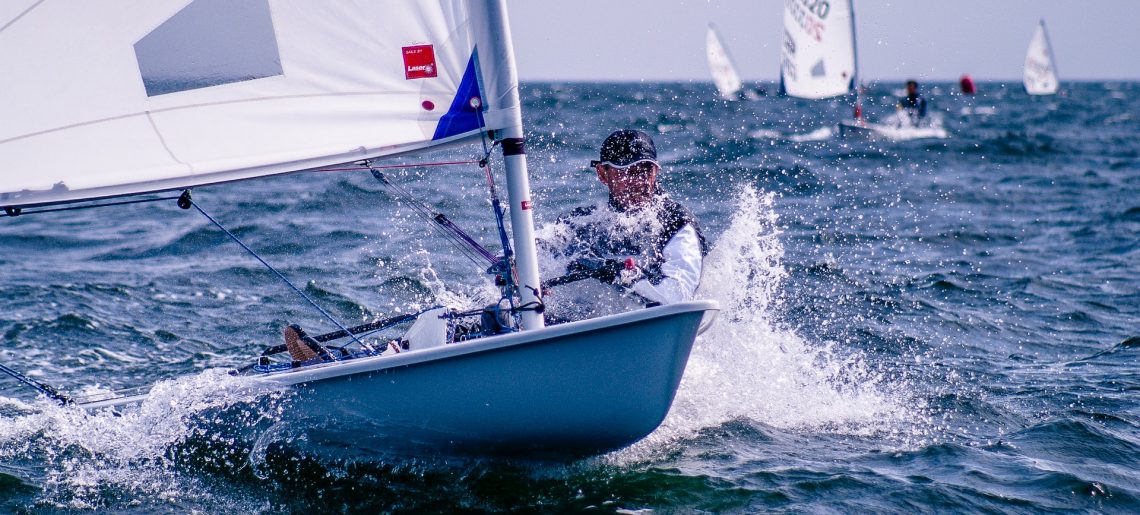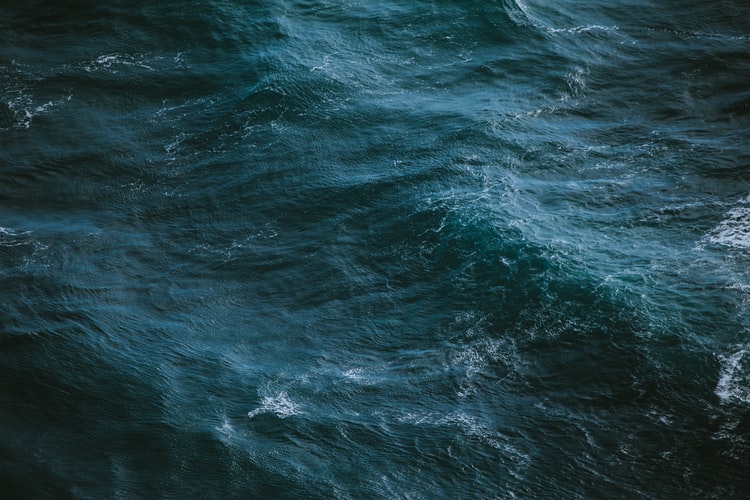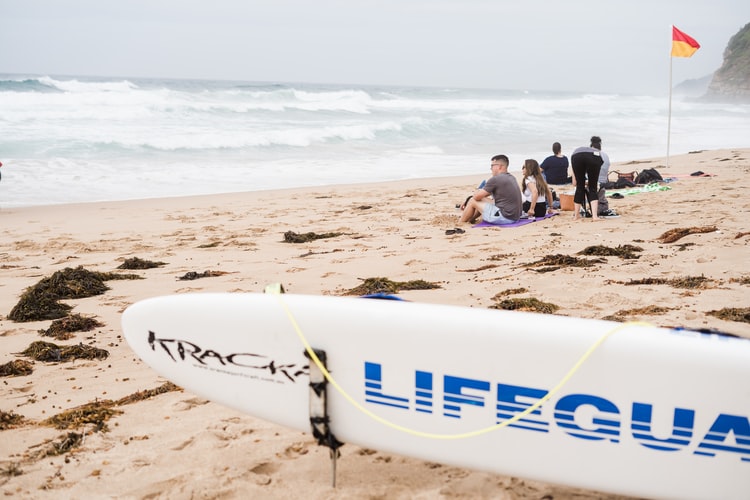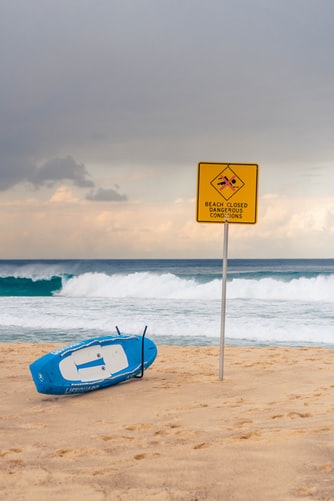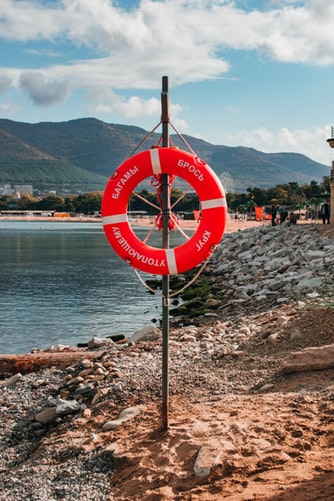One of the most important things to remember while sailing a boat is the weather. There are various types of weather and you should be aware of these to ensure your safety in a boat. Fog is created when the air temperature differs from the sea’s temperature. This typically happens when warm moist air moves across cool land and cool dry air comes into contact with warm water. The best way to predict fog is to monitor the temperature of the surrounding area.
Avoiding a preventer from the middle of the boom to the toerail
When rigging a preventer, it is best to place the end of the boom over the toerail and not the middle of the boom. This will ensure that the preventer won’t be tangled with the boom, and it will also allow you to adjust its length easily. A preventer placed in the middle of the boom may cause a broken boom, or it may cause the gooseneck to break. It can also cause excessive loads.
One of the benefits of having a preventer is that it prevents the boat from jibing. Accidental jibes can damage sailboat rigging and cause serious injuries. The boat may also heel to leeward, making it difficult to steer. However, most cruising boats can cope with this in light and moderate breezes. However, in strong winds or swells, it could be a potentially fatal accident.
Another benefit of using a preventer is its ability to stabilize a boom when sloppy conditions occur. Most booms are rugged in the vang area, which makes it a good location for a preventer. A preventer can be tightened to the boom, or it can be left loose. However, it is advisable to let some slack in the preventer to keep it in place, and keep the boat and crew safe from damage.
Heaving-to
Heaving-to is an effective tactic to slow a boat in violent winds. It involves pulling in the sails tight and tucking them to windward to slow the boat. It will help you slow down, stabilize the boat, and stay in the storm’s path. Heaving-to is an excellent tactic in heavy weather, but it requires active steering and plenty of sea room.
Heaving-to reduces stress on the rigging, sails, and sailing crew. It also prevents blinding spray. Heaving-to also reduces the risk of over-canvassing a vessel. Over-canvassed vessels have increased risk of damage to the vessel, overboard incidents, and crew injury. You can also increase comfort by reducing the sail.
Whenever you’re sailing in rough waves, you should pay attention to the angles of the waves. This will make the sails perform better in a wide range of wind angles. This is crucial to preventing wave-related stalls. For instance, the angle of the wave will vary when steering over the trough, while the angle of the wind will increase over the peak.
Deeply reefed mainsail
Sailors who want to sail safely and without a full sheet of sail have a few options. One option is to reef the mainsail several times. This method allows the sail to deflect the wind, which helps keep the sail stable and upright. However, it is important to be careful when reefing a sail. The pressure in the boat will decrease as a result, and the helmsperson will need to be alert for any changes in balance.
The most important factor when reefing a mainsail is the way it is set up. The most common mistake is an improper setup. While reefing a sail is simple, it is important to get the setup right. A proper reefing setup involves two main lines, the CLEW line, and something forward at the TACK line to hold the luff tension.
A deep reefed mainsail allows the boat to stabilize under changing winds. It can also reduce the amount of helm-induced motion. A sailmaker in the UK should be able to help you determine how many reefs you need. In a typical cruising situation, most sailors will use one deep reef.
Storm trysail
If you are thinking about sailing your storm trysail, there are several things to keep in mind. First, you should always keep your trysail on a separate track from your mainsail. This is especially important when you’re sailing in bluewater. This will keep the trysail lowered when you need to, and it also prevents the trysail from being fed onto the mainsail track during a storm.
A storm trysail is an important sail to have on board, and it should be used correctly. This sail is incredibly versatile. It can be used in stormy conditions and as a third reef for your mainsail. It is also great for close reaching because it produces a lot of forward drive and very little heeling. However, you should be careful when using storm trysails on sloops, because if you do it wrong, you can damage an unsupported mast.
It is not easy to set a storm trysail when sailing in a real storm, but it is easy to do so when your storm trysail is attached to a dedicated mast track. This track is located near the foot of the mast and runs parallel to the mainsail. This makes it easier to set and unfurl the trysail in an emergency.
Storm jib
When sailing in heavy conditions, the storm jib is a valuable tool for safety. The storm jib has two pre-attached sheets and a tack pennant. It can be hanked onto the cutter furling gear or attached to a spare halyard. A Gale Sail, which slides over the furled genoa, is an effective alternative attachment method.
When sailing a storm jib, make sure you have a separate inner stay to prevent tangles when hoisting the jib. In some yachts, the storm jib has a permanent inner stay, while in others, it is removable. In any case, make sure to check the configuration of the sail before setting the storm jib.
Another benefit to using a storm jib is that it is easier to reef than a trysail. A storm jib is much easier to adjust while in the cockpit, which is essential during stormy conditions. In contrast, a trysail requires a crew member to trek all the way to the bow of the boat when sailing in stormy weather.
A storm jib can also be set a bit sooner than required. This will allow you the maximum flexibility when furling the genoa or reducing the headsail. It is important to set the storm jib well above the furling mechanism to ensure maximum flexibility.
Making decent headway in waves
The goal of making decent headway in waves is to keep your speed and distance from other surfers. This can be done by making as little overtakes as possible. It’s not necessary to have a lot of time in the water, but it will help your skills. A good number of hours in the water per day can help you become Intermediate.
Avoiding capsizes
Avoiding capsizes while sailing is an essential part of sailing safety. Capsizes are a serious issue, with over 180 people dying from boating accidents in 2009 alone. Fortunately, these tragedies can be avoided with good seamanship and preparation. However, it is always best to be prepared in case you do experience a capsize.
Capsizes can happen for a number of reasons, including being inexperienced or not using proper boating techniques. The most common cause is loss of stability. Insufficient weight distribution or mishandling of the anchor can lead to instability. The boat may also become unstable by heeling. Proper weight distribution and aggressive mainsheet trimming will help to prevent capsizes.
To avoid a capsize, be sure that you know where the mainsail is and that you’re not standing up. This will strengthen the center of gravity of the boat and make it more difficult to move. Then, move to the centerboard and lean backwards.
If you’re sailing a small sailboat, it’s especially important to know how to avoid capsizes. It’s easy to tip over a sailboat due to wind gusts or operator error. Standing on the centerboard and trying to bring it upright is a skill you’ll learn during your sailing course. If you’re already in a capsized boat, try to get on the hull with your hands or feet. If you’re not able to do so, don’t panic and swim away. The last thing you want is to become a victim of a capsize.


